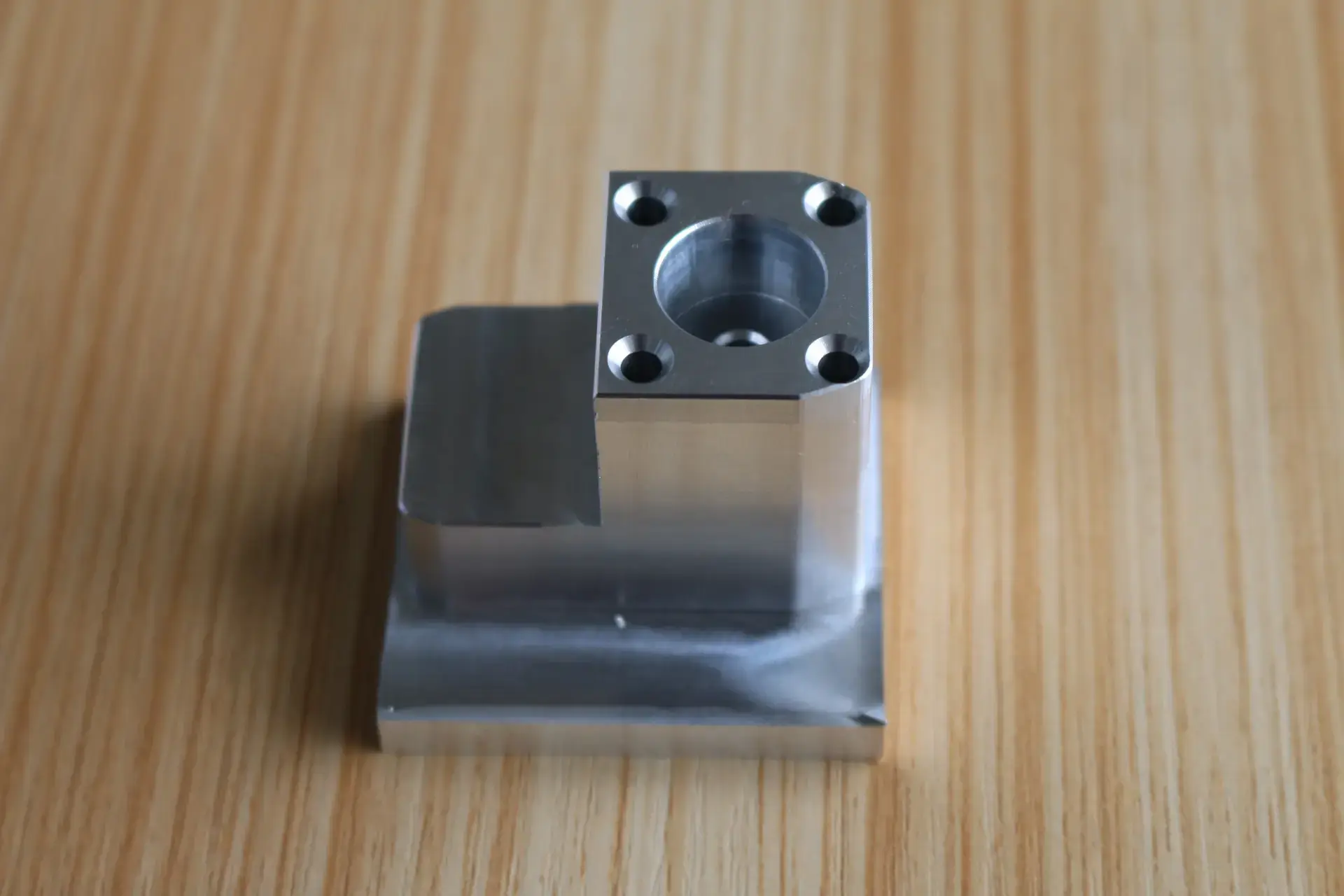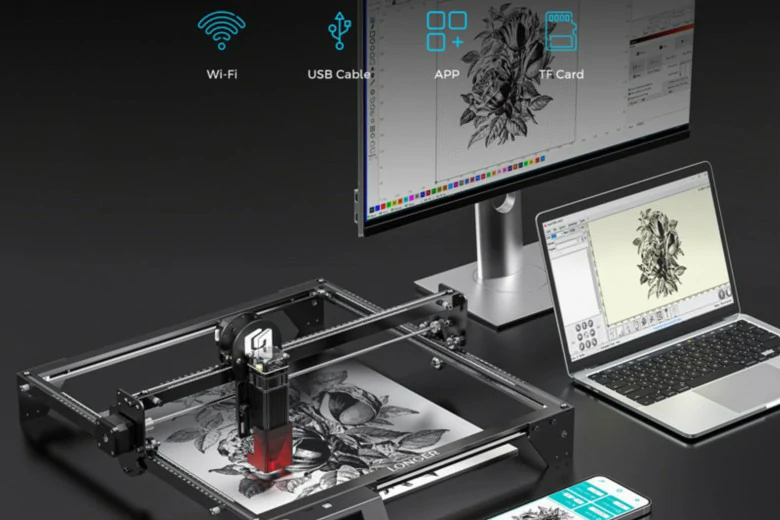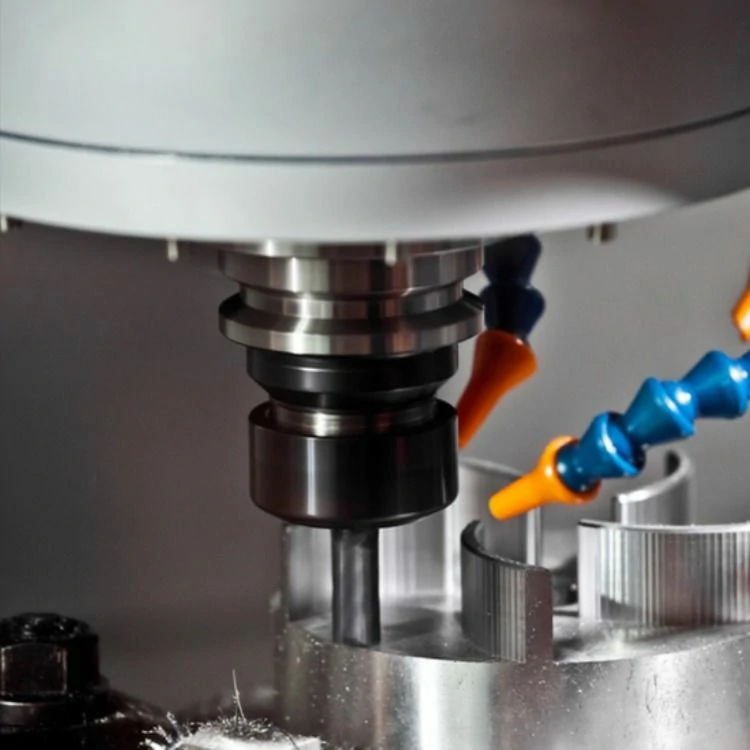CNC Machining Aluminum Silicon Carbide Structural Parts
In recent years, CNC machining has become increasingly popular in the manufacturing industry. One of the key applications of this technology is the production of structural parts made from aluminum silicon carbide (Al-SiC). This composite material offers a unique combination of properties that make it ideal for a wide range of applications, including aerospace, automotive, and electronics industries.
Aluminum silicon carbide is a metal matrix composite that consists of aluminum as the matrix material and silicon carbide particles as the reinforcement. The addition of silicon carbide significantly enhances the mechanical properties of the aluminum, such as strength, stiffness, and wear resistance. This makes Al-SiC an excellent choice for manufacturing structural components that require high strength-to-weight ratio, excellent thermal conductivity, and good dimensional stability.
CNC machining is the process of using advanced computer-controlled machines to accurately and precisely remove material from the workpiece. This technique allows for intricate and complex designs to be realized with a high level of precision. When it comes to machining Al-SiC structural parts, CNC machining offers several advantages.
Firstly, CNC machining provides excellent control over the manufacturing process, ensuring consistent and repeatable results. This is crucial when producing structural parts that need to meet strict dimensional tolerances and performance requirements. The computerized control system allows for precise tool movements, minimizing errors and ensuring high accuracy.
Secondly, CNC machining allows for the production of complex geometries and intricate designs that would be difficult or impossible to manufacture using traditional machining methods. With the ability to program and automate tool movements, CNC machines can easily handle intricate features and tight tolerances, resulting in parts with excellent surface finish and dimensional accuracy.
Thirdly, CNC machining offers flexibility in terms of material selection. Al-SiC is known for its challenging machinability due to the hardness of silicon carbide particles. However, CNC machines equipped with appropriate cutting tools and techniques can effectively machine this composite material. Moreover, CNC machining allows for efficient material removal while minimizing tool wear and extending tool life.
Lastly, CNC machining provides cost-effective production of Al-SiC structural parts. The automation and efficiency of CNC machines reduce labor costs and increase productivity compared to manual machining methods. Additionally, the high accuracy and repeatability of CNC machining result in reduced scrap rates and improved overall production efficiency.
In conclusion, CNC machining is an excellent manufacturing method for producing aluminum silicon carbide structural parts. The unique combination of properties offered by Al-SiC makes it ideal for various industries, and the precision and efficiency of CNC machining ensure high-quality production. With its ability to handle complex designs and its cost-effectiveness, CNC machining has become an essential process in the production of Al-SiC structural parts. As technology continues to advance, we can expect further improvements in CNC machining capabilities and the continued growth of this industry.




